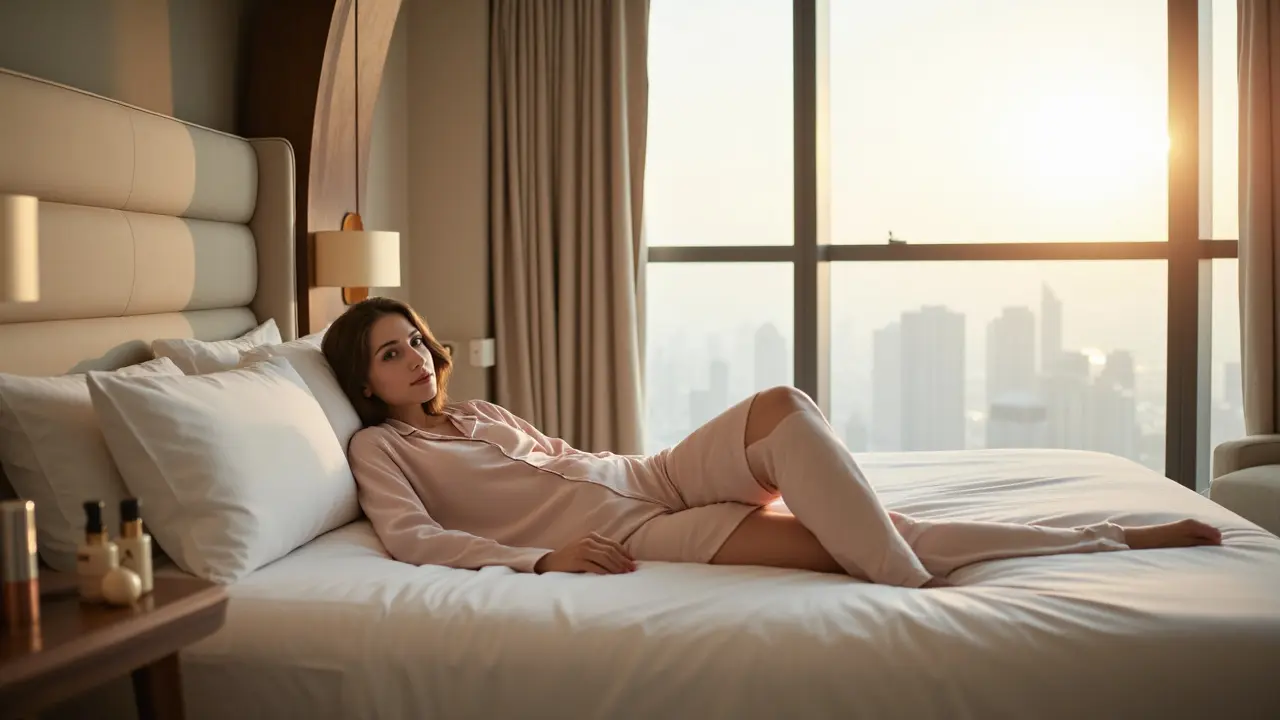How Many Hours of Sleep Do Models Get?
Ever wondered if runway models are running on just a few hours of sleep? The short answer is no – most models aim for 6‑8 hours a night, just like anyone else who wants to look and feel good.
Typical Sleep Patterns in the Modeling World
Models’ schedules change a lot. During fashion weeks they may pull late‑night shows, early fittings, and travel between cities. In those weeks, sleep can drop to 5‑6 hours. When the calendar slows down, they usually get back to 7‑8 hours, which helps skin, hair, and energy levels.
Age and experience also matter. Younger newcomers often work longer hours to build a portfolio, while seasoned pros know their limits and protect their sleep to stay on‑point for shoots.
Why Sleep Is a Game‑Changer for Models
Sleep affects everything a model needs: clear skin, muscle tone, and a steady mood. Lack of rest can cause dark circles, sluggish walks, and slower metabolism – none of which help when cameras are rolling.
Hormones that control appetite and stress are especially sensitive to sleep. Getting enough rest keeps cravings in check and reduces cortisol, the stress hormone that can cause breakouts.
Recovery after long photo‑sessions or runway rehearsals also depends on sleep. During deep sleep, the body repairs muscles and replenishes glycogen, so a model can bounce back faster for the next gig.
Here are three quick ways models boost their sleep:
- Set a consistent bedtime, even when traveling. A portable eye mask and white‑noise app help mimic a familiar environment.
- Limit caffeine after 2 p.m. and swap late‑night energy drinks for herbal tea.
- Do a short stretch or breathing routine before bed to lower heart rate and calm the mind.
Nutrition ties into sleep too. Foods rich in magnesium – like almonds, spinach, and avocado – support relaxation. A light snack with protein and complex carbs, such as Greek yogurt with berries, can prevent waking up hungry.
Finally, technology can sabotage rest. Blue light from phones interferes with melatonin production. Models often put their devices on “Do Not Disturb” mode an hour before sleep and keep screens out of the bedroom.
Bottom line: while the industry can be demanding, most successful models treat sleep as a non‑negotiable part of their routine. Aim for 7‑8 hours, keep a bedtime ritual, and watch your performance and looks improve dramatically.
How Many Hours of Sleep Do Models Really Get? Insider Sleep Habits Explained
Curious about how much sleep models actually get? Explore real sleep routines, secrets, and science behind rest in the modeling world. Learn how sleep impacts appearance, mood, and career.
